As hurricane season approaches, you might be wondering how it could affect your travel plans. Whether you’re heading to Miami, enjoying a cruise to Cancun, or planning on sunbathing in Puerto Rico, understanding the potential impact of hurricanes is crucial for a safe and enjoyable trip. The National Hurricane Center provides valuable information to help you stay informed and prepared for any weather-related challenges that may arise during your travels.
As a south Florida native, hurricanes are a way of life here. As a young boy, I lived through the horrors of Hurricane Andrew, one of the most powerful hurricanes to ever hit the United States. In 2004, we got slammed with Hurricanes Charley and Wilma, and In 2017, we bore the brunt of Hurricane Irma. Knowing what to do during those storms saved our lives. You can employ many of the tactics that saved us during your hurricane season travels.
Later, we’ll explore smart booking strategies to minimize risks and maximize flexibility during hurricane season. Additionally, we’ll look at how technology has revolutionized hurricane preparedness. But first, what exactly is a hurricane?
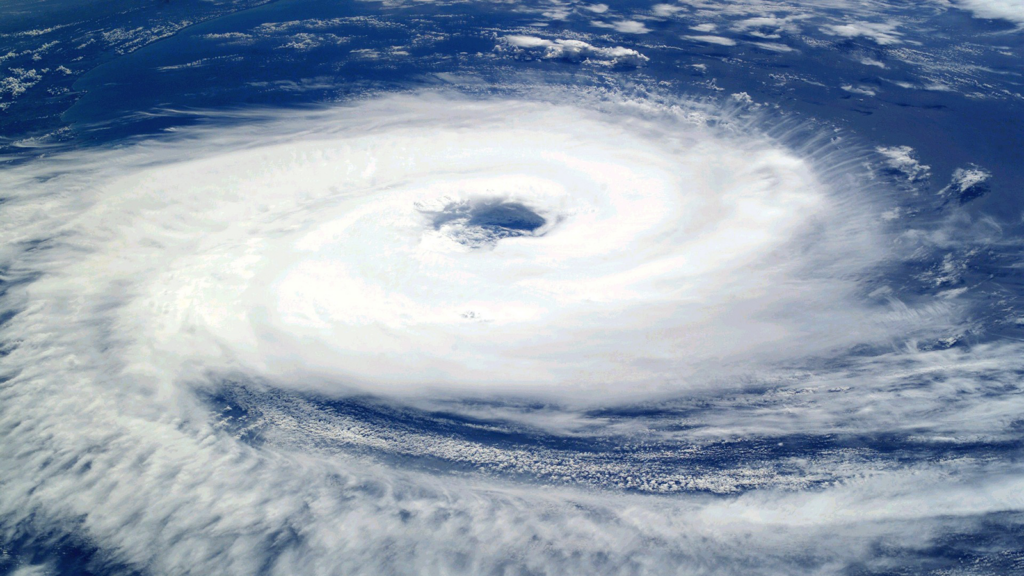
A hurricane is a strong tropical cyclone with a clear circular system of intense winds and thunderstorms. These storms start over warm ocean waters as a cluster of thunderstorms called a tropical wave. When a tropical wave forms a circulation with winds up to 38 miles per hour, it gets upgraded to a tropical depression. When a tropical depression’s sustained winds reach 39 miles per hour, it becomes a tropical storm and is assigned a name. Each calendar year has its own list of alphabetical names, which alternate between male and female.
As a tropical storm gains strength, it typically becomes more organized. Its thunderstorms wrap around its center of circulation and the winds increase. Once winds reach 74 miles per hour, it becomes a Category 1 hurricane. From there, the hurricane can continue to strengthen and get better organized, and as it does so, its category assignment can increase.
The Saffir-Simpson scale ranks hurricanes from Category 1 (mildest) to Category 5 (worst) based on their wind speeds. Hurricanes have a low-pressure center of circulation called the eye. An eyewall of fierce thunderstorms surrounds this eye, with a spiral of rain bands stretching outward. Hurricanes can do a lot of harm through high winds and heavy rain, but most severe damage comes from storm surge.
Storm surge is a fast-moving wall of water that hurricanes push out ahead of them. It can inundate and completely destroy seaside homes and communities and is responsible for most hurricane damage and fatalities.

Hurricanes usually form in warm areas near the equator where the sea is hotter than 80 degrees Fahrenheit (26.5 degrees Celsius). They usually form between June 1 and November 30, the months typically recognized as hurricane season.
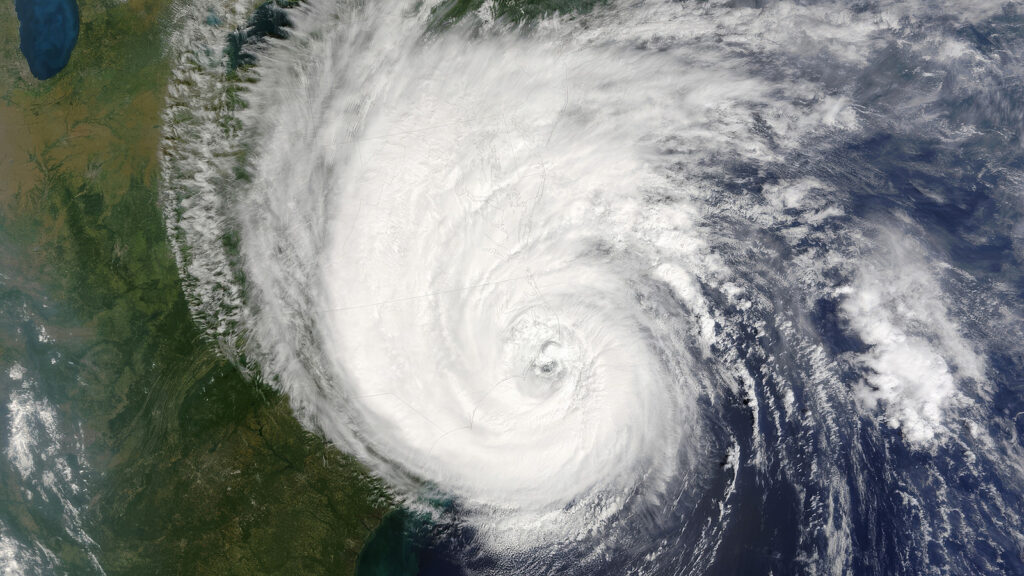
The warm ocean gives these storms the energy they need to grow and get stronger. When hot damp air rises from the sea, it makes a spot where the air pressure is low. As this air rises, it gets cooler and turns into water droplets, letting out heat that warms up the air around it and lowers the pressure even more. This pulls in more warm air from the sea.
This loop of warm air going up and cool air coming down acts like a powerful engine that drives the hurricane. The ocean’s surface temperature plays a big role in how hurricanes form and how strong they get. Warmer seas can lead to stronger storms, while cooler waters can make them weaker or stop them from forming at all. As the Earth gets warmer due to climate change, we expect to see more hurricanes and stronger ones too, which could be more dangerous for the places they hit.
While hurricanes usually strike tropical areas of the world like the Caribbean, Central America, coastal Mexico, and the southeast United States, they can also significantly impact other regions. Strong hurricanes have been known to hit as far north as New England and bring gale-force conditions to the maritime provinces of eastern Canada. Weaking post-landfall hurricanes have also brought strong winds and storms as far inland as cities like Atlanta, Nashville, Cincinnati, Indianapolis, and even Chicago.
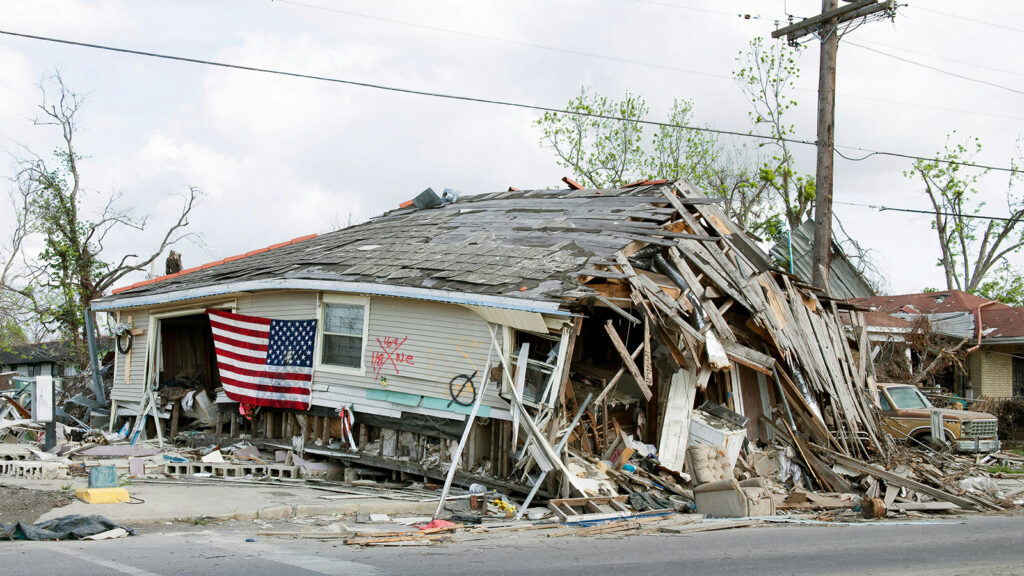
When planning your travels during hurricane season, it’s crucial to understand how these powerful storms are classified. The Saffir-Simpson Hurricane Wind Scale, developed in the early 1970s by engineer Herbert Saffir and meteorologist Robert Simpson, is the go-to system for categorizing hurricanes. This scale rates hurricanes from 1 to 5 based on their sustained wind speeds, giving you a clear picture of the potential impact.
As you prepare for your trip, knowing what each category means can help you make informed decisions:
It’s important to note that while wind speed is the primary factor in this scale, hurricanes cause other hazards like storm surge, heavy rain, flooding, and even tornadoes. For instance, Hurricane Katrina in 2005 made landfall in Louisiana and Mississippi as a Category 3 after weakening from a Category 5. As a result, it had a storm surge typical of a Category 5 hurricane.
That storm surge breached and compromised many of the levees that protect the city of New Orleans, causing catastrophic flooding that destroyed much of the city. That same storm surge also decimated the Mississippi coast, causing significant damage several blocks inland.
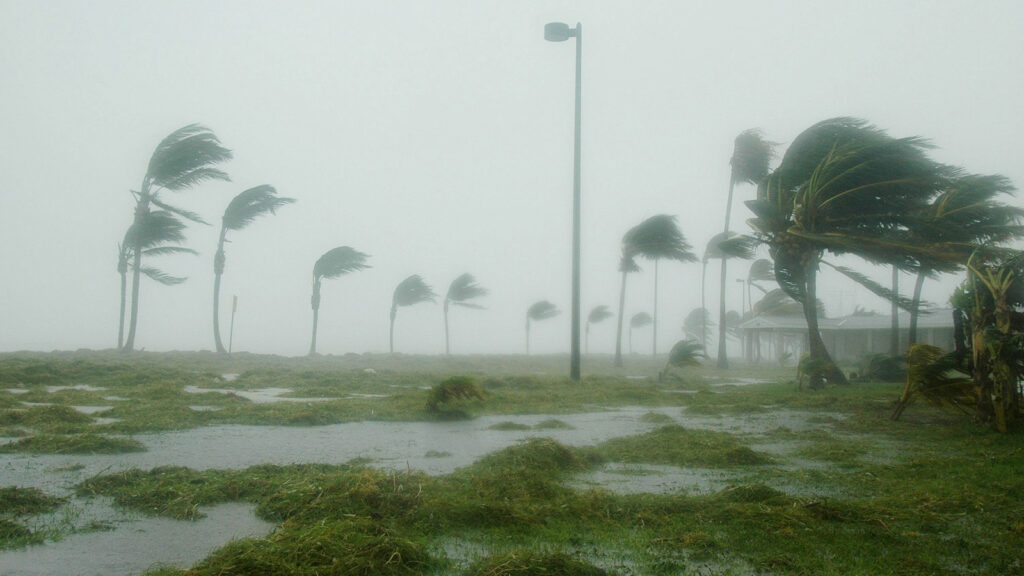
The category of an approaching hurricane has a significant impact on travel advisories. As the storm’s intensity increases, so does the urgency of these warnings. For Category 1 and 2 hurricanes, you might see advisories recommending caution and preparation. However, when a storm reaches Category 3 or higher (considered “major” hurricanes), evacuation orders are more likely to be issued for coastal and low-lying areas.
Remember, even a lower category hurricane can cause significant disruption to your travel plans. Always stay informed through reliable sources like the National Hurricane Center and follow local authorities’ guidance when making travel decisions during hurricane season.

When planning your trip during hurricane season, it’s crucial to have a solid strategy in place. By taking a few precautions, you can protect your travel plans and your wallet. Here’s what you need to know:
To give yourself the best chance of a smooth trip, consider these flexible booking options:
When booking your trip, pay close attention to cancellation policies:
Working with a travel agent can provide several benefits during hurricane season:
Remember, the key to successful travel during hurricane season is preparation. By understanding your options and choosing flexible bookings, you’ll be better equipped to handle any weather-related challenges that come your way.
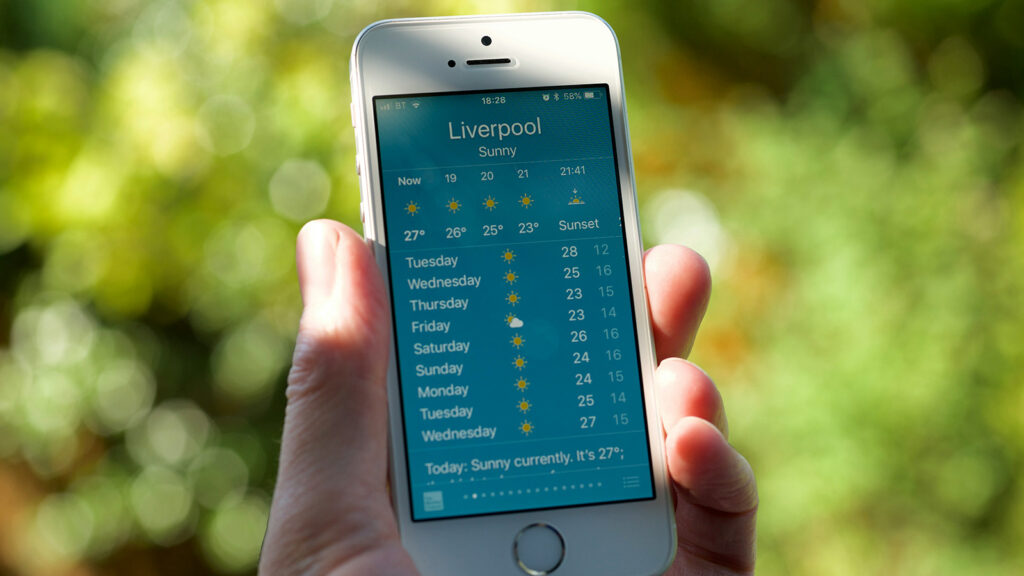
In today’s digital age, technology has revolutionized how you prepare for and stay informed during hurricane season. From weather-tracking apps to emergency alert systems, these tools can significantly enhance your safety and readiness.
Your smartphone can be a powerful ally in hurricane preparedness. Several apps offer detailed hurricane tracking and forecasting:
To stay informed about critical updates, consider signing up for local emergency alert systems:
Technology also plays a crucial role in protecting your important documents:
By leveraging these technological tools, you can better prepare for hurricane season and stay informed throughout any weather event. Remember to keep your devices charged and consider investing in portable power banks for extended use during power outages.
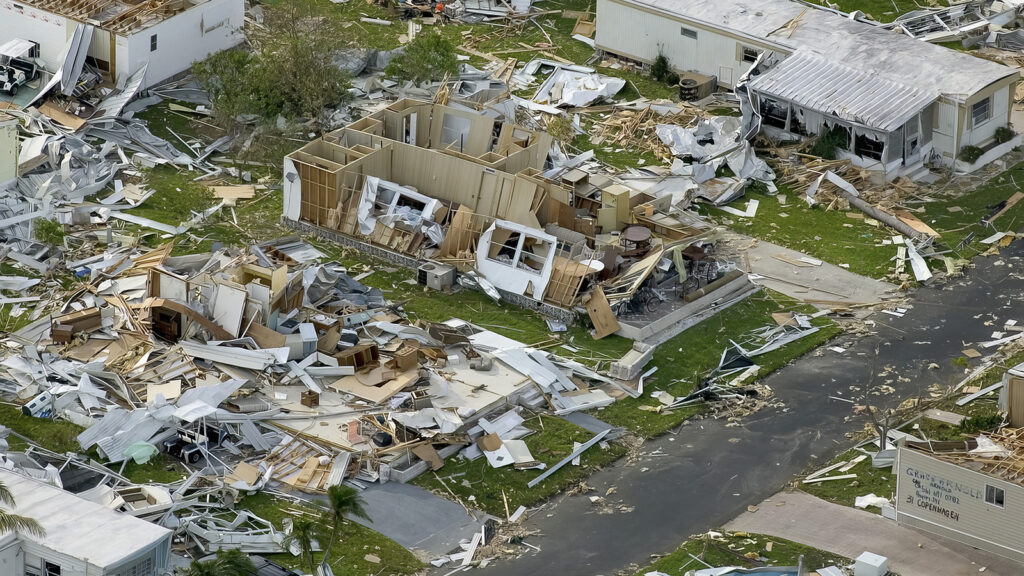
Seaside vacations are incredibly popular during the summer. But with the warmth, sun, and sand comes the risk of hurricanes. Knowing more about these storms and how to prepare for them can help keep you and your family safe during hurricane season. Remember to always pay attention to weather reports and take any watches or warnings from the National Hurricane Center seriously. It really could mean the difference between life and death.
Counter
101 Countries • 1432 Cities